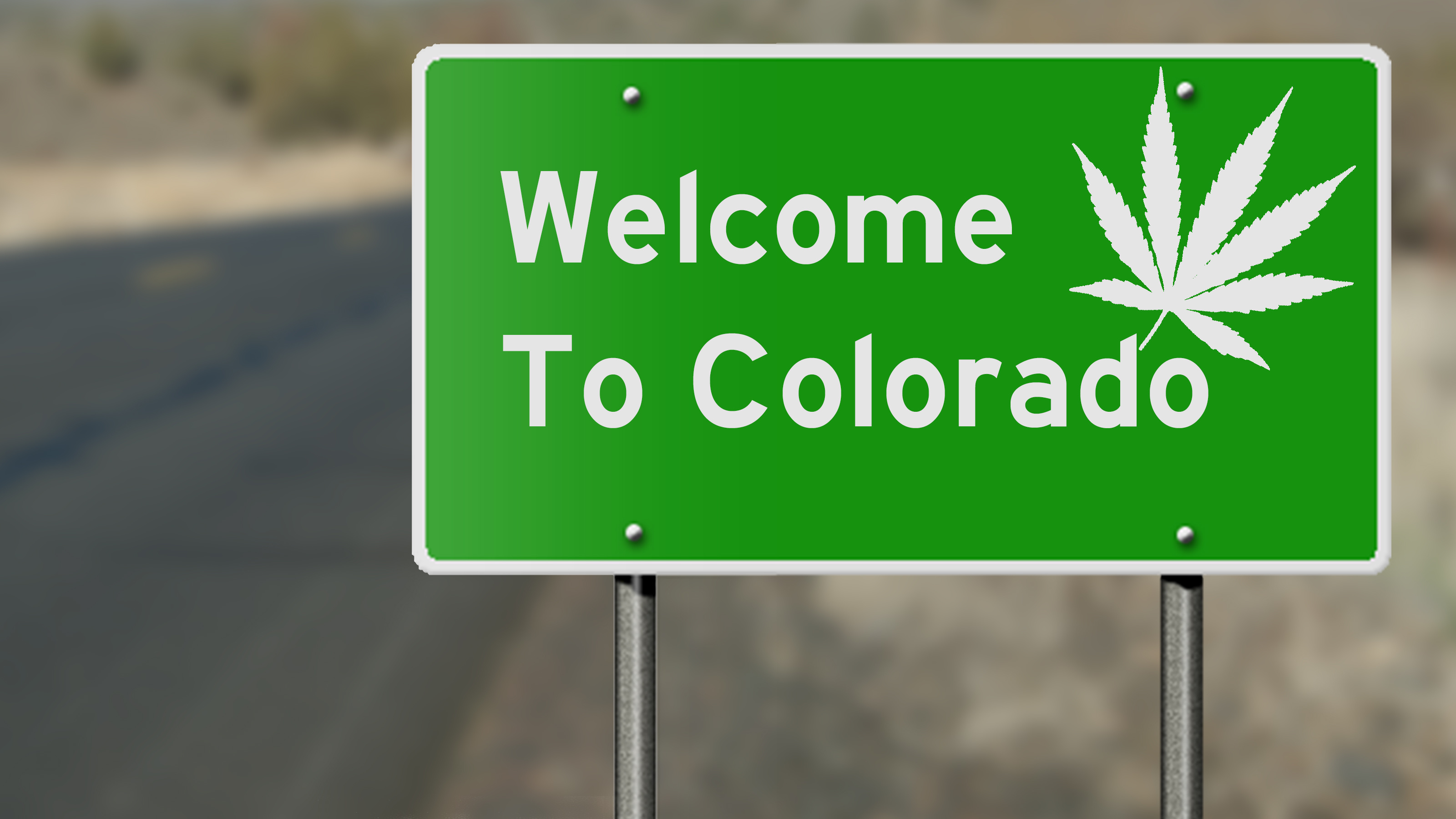
My hypothesis is that state legalization of recreational marijuana sales is a giant natural experiment to test whether heavy-handed state regulation will constrict a newly legalized industry.
My interest in this topic is limited to watching how regulation slows economic development. Recreational marijuana is a new enough and small enough industry that we can actually watch the impact of regulation. Here are a few articles on recent news I have noticed:
10/4 – Denver Post at The Cannabist – Deep dive: Why Colorado has struggled to regulate pot pesticides – Article points out the EPA has provided no guidance on what pesticides are safe on marijuana.
According to the article, this left state regulators and the marijuana industry arguing about what pesticides are allowed and what is banned. Multiple comments indicated regulators wanted more restrictions and industry wanted very light restrictions.
The article follows the typical arguments you would expect for any industry that is regulated by the state or federal government. See if the following sounds like the same story as in dozens of other industries:
Industry representatives are concerned about the financial burden of having to test for a long list of banned pesticides. The cost could be severe they say.
A first set of proposals for discussion got shot down. If I understand the article a second list of proposed banned products also got shot down by the industry.
Early on the state inspected a few places and found powerful pesticides, the use of which is presumably questionable for products intended for human consumption. Later, Denver firefighters found some growers burning sulfur as a fumigant. The firefighters say this is a significant fire hazard. I don’t understand the issue but that sounds like a pretty dangerous thing to me both for fire risk and for items intended for consumption.
Denver pushed the issue by confiscating 100,000 plants. That forced the state to move forward quickly. See following article.
Oh, and in terms of this becoming an established industry under the thumb of regulators, consider that the articles points out the industry has spent a self-reported $421,000 for lobbying efforts on regulatory issues in 2015.
11/28 – Denver Post at The Cannabist – Pesticide edict ensures fate of recalled Denver pot products – Since marijuana is illegal at the federal level the feds, specifically the EPA, have not published a list of pesticides which are safe for use on marijuana. As a result growers have no guidance on what is safe or dangerous. (Let’s ignore the debate of whether consuming marijuana is safe or dangerous.)
To provide guidance, three state agencies in Colorado have developed a list of what pesticides should be banned. Doing so took quite some time because the issue is obviously complicated. Having developed a list of banned pesticides, there is no automatic enforcement tool under state law.
Therefore the governor issued an executive order in November for the state agencies to quarantine and destroy any recreational marijuana products that contain pesticides which are banned at the state level.
This took some time, but actually shows that the state is working to find a way for the newly legalized industry to operate safely, with the boundaries of safety as defined by the state regulators.
Enforcement is well underway, in Denver at least:
11/18 – Denver Post at The Cannabist – Denver issues ninth pot product recall in 10 weeks – Denver authorities have been aggressive in addressing what they consider to be dangerous pesticides.
State action at least defines what pesticides are allowed. Officials from other cities are cited as saying they will not be looking at the enforcement issues themselves.
Contrary to my hypothesis, the enforcement action by the Denver officials and action at the state level is showing regulators are trying to find a way for the federal-illegal-state-legal marijuana industry to move forward. Industry people are working to guide the regulatory oversight so compliance costs will be tolerable. Add in the effort by paid lobbyists and this looks like every other industry in the U.S.
As an aside, twice in the last few weeks I have noticed a small pill bottle in a gutter while on my daily walk. Closer observation revealed there was a label on the bottle indicating the contents had been medical marijuana.
In California, if you can find a flexible doctor (which from news reports is easy to do) and if you can make a believable claim of a recurring pain of some sort (news reports teach me that having lower back pain is unfalsifiable), you can get a medical marijuana card which allows you to buy all the so-called medicinal marijuana you can possibly use. At least that’s the scuttlebutt I’ve heard and read.
Don’t know what to make of pot bottles lying around in the street.